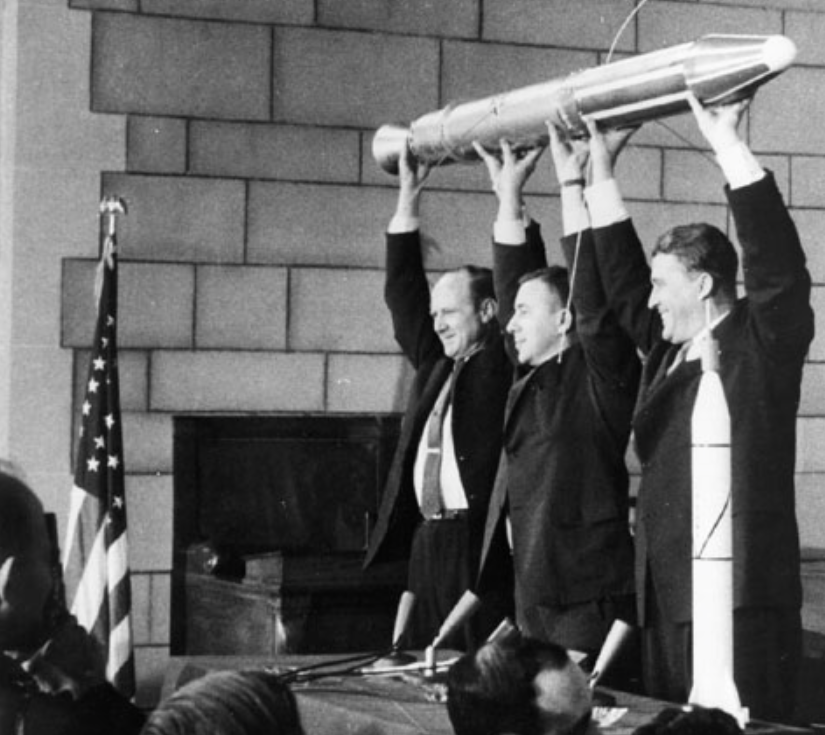Learn About Space History with NASA JPL's Free 2018 Calendar

You can start each day of the new year with a little spaceflight history, thanks to NASA's Jet Propulsion Laboratory (JPL).
JPL, the agency's hub for robotic planetary exploration missions, is offering a free download of a spaceflight-themed 2018 calendar. You can get it here.
The calendar marks the many spaceflight milestones and achievements that JPL helped make happen, from the launch of the United States' first successful satellite, Explorer 1, in January 1958 to the epic Cassini Saturn mission's "Grand Finale" this past September.
JPL's roots trace all the way back to the mid-1930s, when a group of students at the California Institute of Technology in Pasadena and some amateur rocketeers began conducting rocket experiments — first at the Caltech campus and then, after an explosion there, in a dry canyon in Southern California's San Gabriel Mountains.
Indeed, the new calendar's image for October 2018 shows five of these trailblazers lounging at the canyon test site in 1936.
These experiments had some success, leading to funding support from the U.S. military. By 1943, the Caltech rocket team was referring to its base of operations as the Jet Propulsion Laboratory. JPL officially became a part of NASA in late 1958, just after the space agency's creation.
Over the years, JPL has managed most of NASA's famous, big-ticket planetary missions, such as the Viking Mars orbiters and landers, the twin Voyager probes, Cassini and the car-size Curiosity rover, which touched down on the Red Planet in August 2012.
Get the Space.com Newsletter
Breaking space news, the latest updates on rocket launches, skywatching events and more!
Follow Mike Wall on Twitter @michaeldwall and Google+. Follow us @Spacedotcom, Facebook or Google+. Originally published on Space.com.
Join our Space Forums to keep talking space on the latest missions, night sky and more! And if you have a news tip, correction or comment, let us know at: community@space.com.

Michael Wall is a Senior Space Writer with Space.com and joined the team in 2010. He primarily covers exoplanets, spaceflight and military space, but has been known to dabble in the space art beat. His book about the search for alien life, "Out There," was published on Nov. 13, 2018. Before becoming a science writer, Michael worked as a herpetologist and wildlife biologist. He has a Ph.D. in evolutionary biology from the University of Sydney, Australia, a bachelor's degree from the University of Arizona, and a graduate certificate in science writing from the University of California, Santa Cruz. To find out what his latest project is, you can follow Michael on Twitter.









